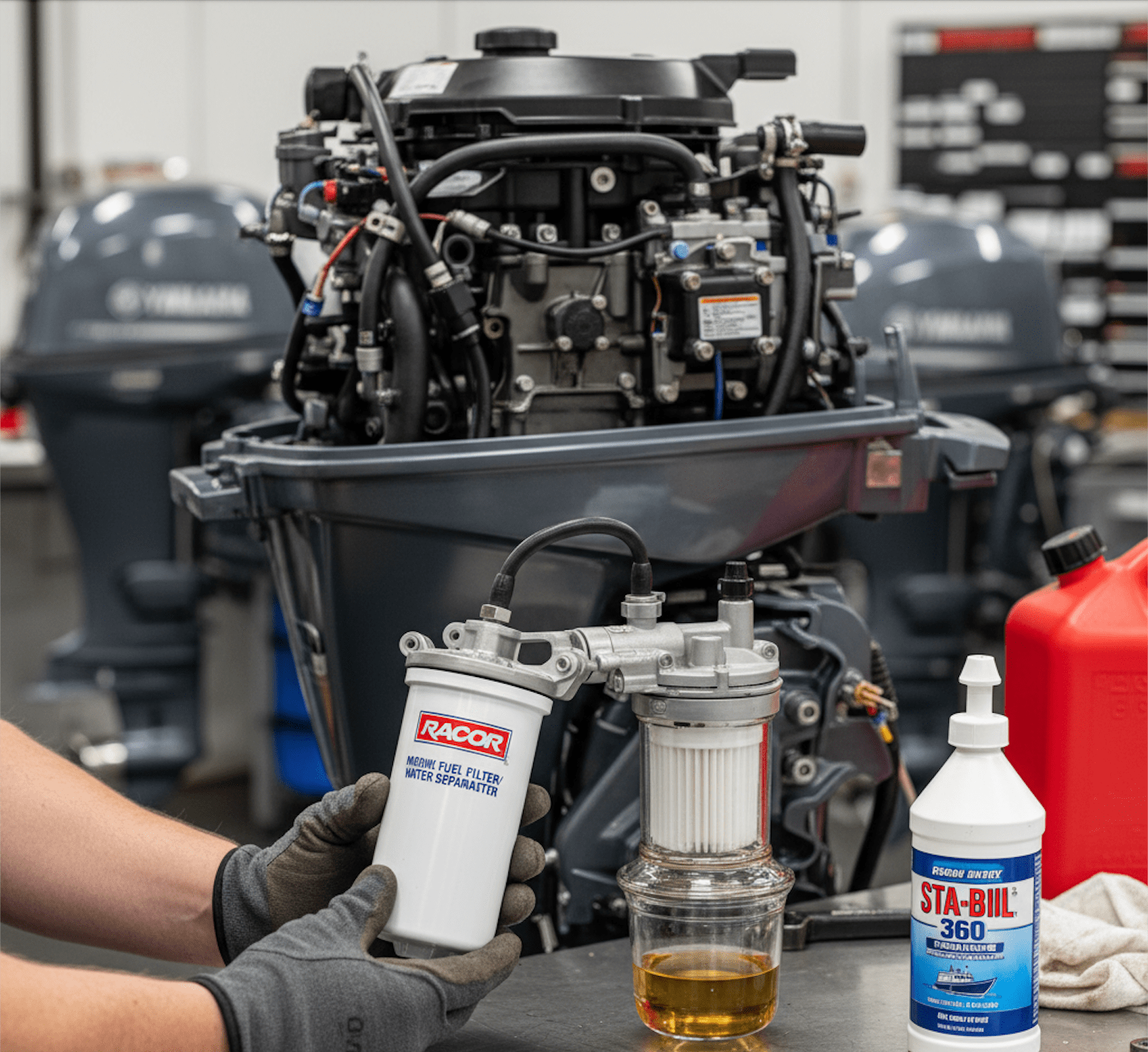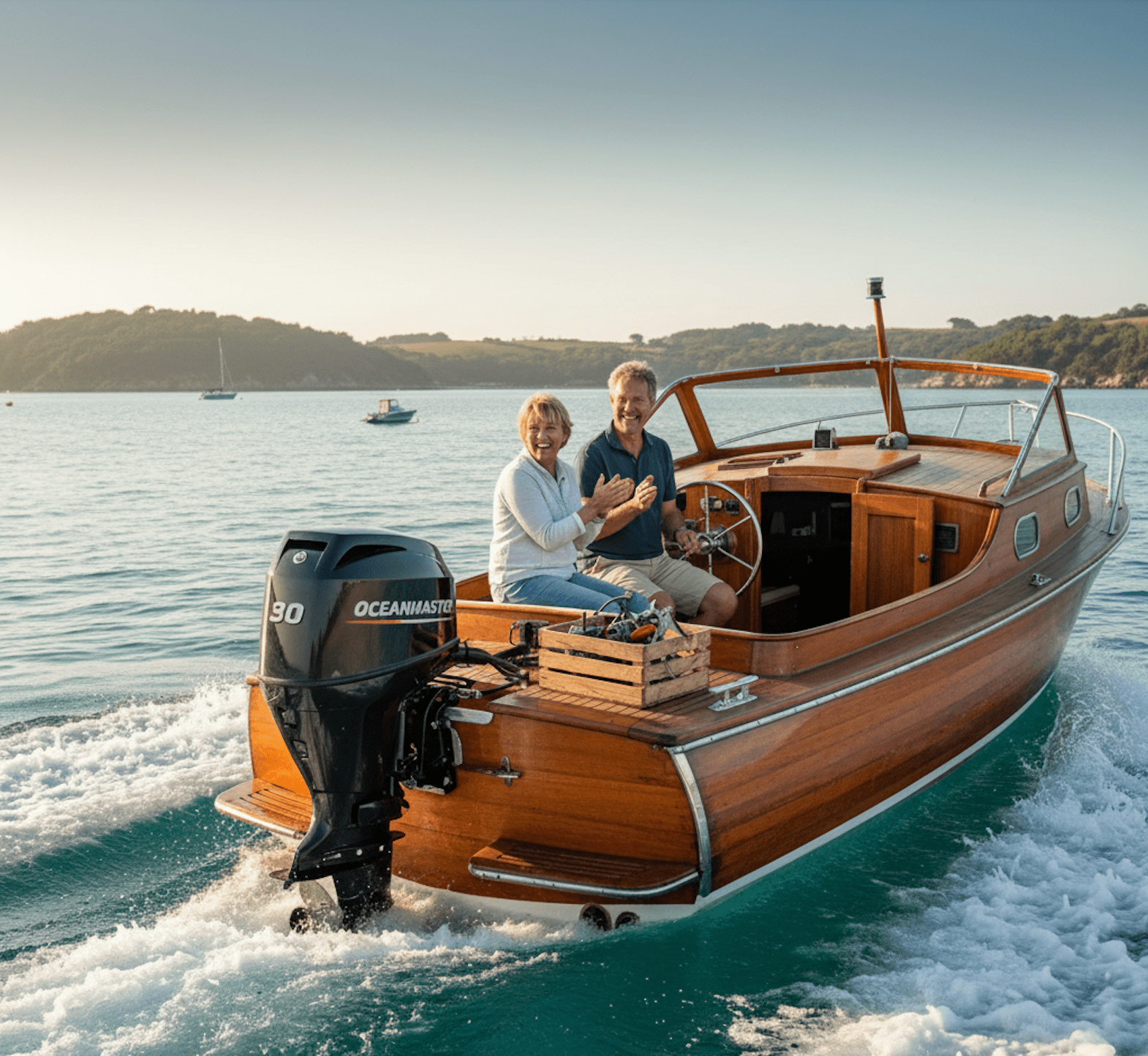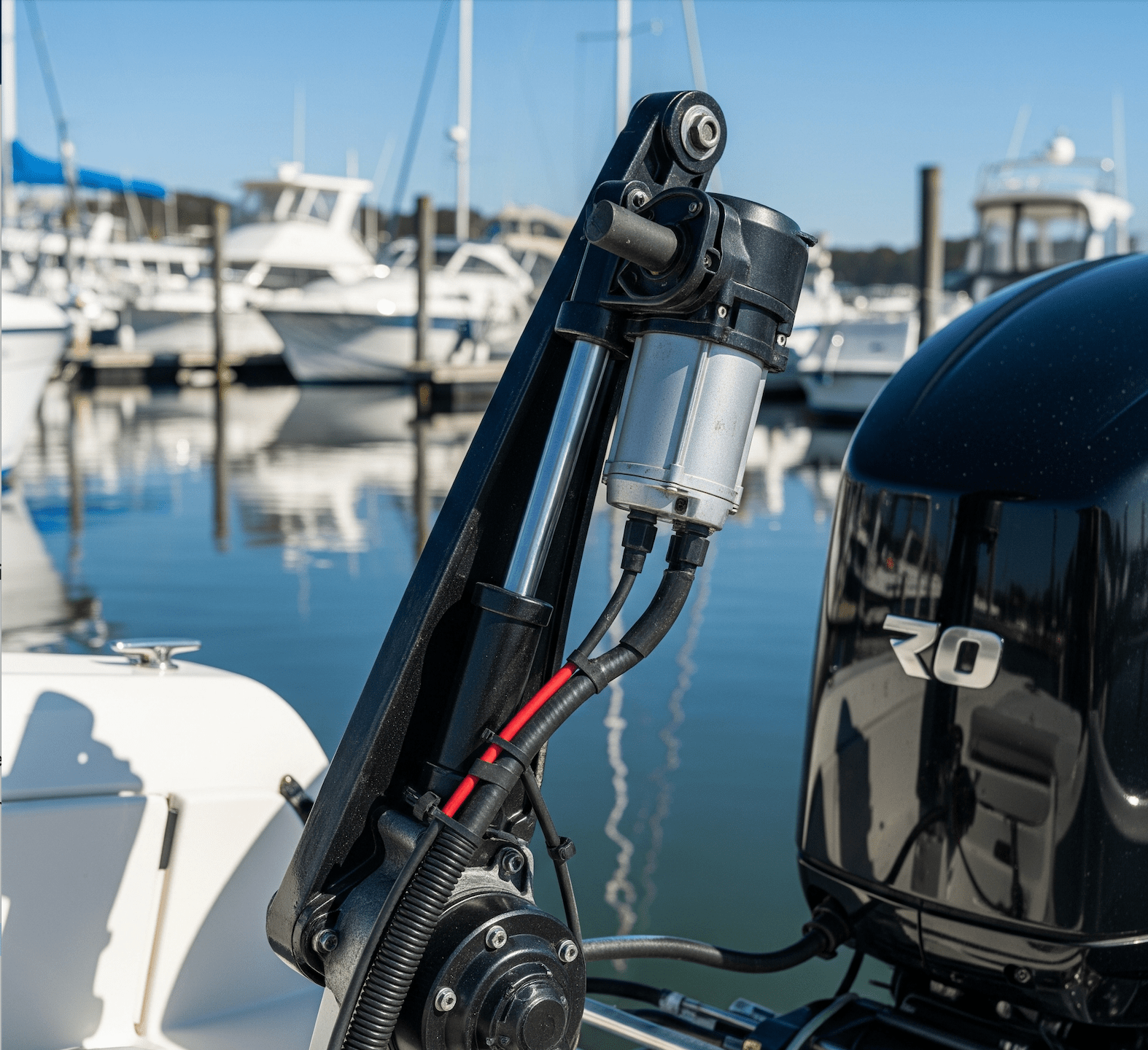Welcome to the exciting world of boating! If you're new to this, one of the first things you'll encounter is the outboard motor. These powerful, self-contained units are the heart of many boats, providing the propulsion to get you out on the water. But if you're a first-timer, all the jargon and different types can be a bit overwhelming. Don't worry, we're here to break down the basics and get you up to speed!
What Exactly Is an Outboard Motor?
Simply put, an outboard motor is a portable, self-contained unit that includes the engine, gearbox, and propeller, designed to be affixed to the outside of the transom of a boat. This makes them incredibly versatile, allowing for easy removal for maintenance, storage, or even transfer to another boat.
The Fundamental Parts of an Outboard Motor and How They Work
Let's dissect an outboard motor to understand its key components:
- Powerhead (Engine Block): This is the brains of the operation, where the combustion process takes place. Fuel and air are mixed and ignited, creating the power that ultimately turns the propeller.
- Cowling: The protective cover that encases the powerhead. It keeps the engine safe from the elements and reduces noise.
- Midsection/Shaft: This connects the powerhead to the lower unit. It houses the driveshaft, which transmits power from the engine, and the exhaust system.
- Lower Unit: This is the submerged part of the outboard. It contains:
- Gearcase: Here, gears transmit the rotational power from the driveshaft to the propeller shaft and allow for forward, neutral, and reverse operation.
- Propeller: The "screws" that push water backward, propelling your boat forward. Different propellers have different pitches and diameters, affecting performance.
- Skeg: The fin-like extension below the propeller that protects it from impact and aids in steering.
- Transom Clamp/Mounting Bracket: The mechanism that securely attaches the outboard to your boat's transom.
- Tiller Handle (on smaller outboards) or Remote Control (on larger outboards): This is how you steer the boat and control the throttle (speed).
When you start your outboard, the engine fires up, burning fuel. This combustion creates power that spins the driveshaft, which then transfers that power through the gearcase in the lower unit to the propeller. The spinning propeller pushes water, and voila! your boat moves.
Different Types of Outboard Motors: 2-Stroke vs. 4-Stroke
One of the most significant distinctions you'll encounter is between 2-stroke and 4-stroke outboard motors
2-Stroke Outboard Motors
- How they work: In a 2-stroke engine, the entire combustion cycle (intake, compression, power, exhaust) is completed in just two strokes of the piston (one up, one down) and one revolution of the crankshaft. This means they fire every revolution, making them very powerful for their size.
- Fueling: Traditionally, 2-stroke outboards require a mixture of gasoline and oil. The oil lubricates the engine as it burns. Modern direct-injection (DFI) 2-strokes are much more fuel-efficient and cleaner, with separate oil injection systems.
- Pros:
- Lighter and more compact for their power output.
- Often have a quicker throttle response.
- Simpler design, potentially easier to maintain (though DFI models are more complex).
- Cons:
- Generally less fuel-efficient than 4-strokes (though DFI has significantly improved this).
- Can be noisier and produce more emissions (especially older carbureted models).
- Require mixing oil with fuel (unless DFI).
4-Stroke Outboard Motors
- How they work: A 4-stroke engine completes the combustion cycle in four strokes of the piston (intake, compression, power, exhaust) and two revolutions of the crankshaft. This is similar to the engine in your car.
- Fueling: 4-stroke outboards run on straight gasoline, with a separate oil sump for lubrication, just like a car engine.
- Pros:
- Excellent fuel efficiency.
- Quieter and smoother operation.
- Lower emissions.
- No need to mix oil with fuel.
- Cons:
- Heavier and often larger than comparable 2-strokes.
- Can be more complex to maintain due to more moving parts.
- Generally more expensive to purchase upfront.
Which Type is Right for You?
For many first-time boaters, a 4-stroke outboard is often recommended due to its ease of use (no fuel mixing), fuel efficiency, and quieter operation. However, if you're looking for a lightweight option for a smaller boat, or prefer the raw power delivery for certain applications, a modern DFI 2-stroke could still be an excellent choice.
Beyond the Basics: What's Next?
Understanding these fundamental parts and types is a great start. As you delve deeper, you'll learn about:
- Horsepower (HP): The power output of the engine.
- Shaft Length: Important for proper mounting on your transom.
- Trim and Tilt: Adjusting the angle of the motor for optimal performance and shallow water operation.
- Maintenance: Regular oil changes, spark plug checks, and winterization are crucial for longevity.
Don't be afraid to ask questions at your local marine dealer or from experienced boaters. The more you understand your outboard motor, the more confident and enjoyable your time on the water will be. Happy boating!
Subscribe to our newsletter and receive a selection of cool articles every weeks.







